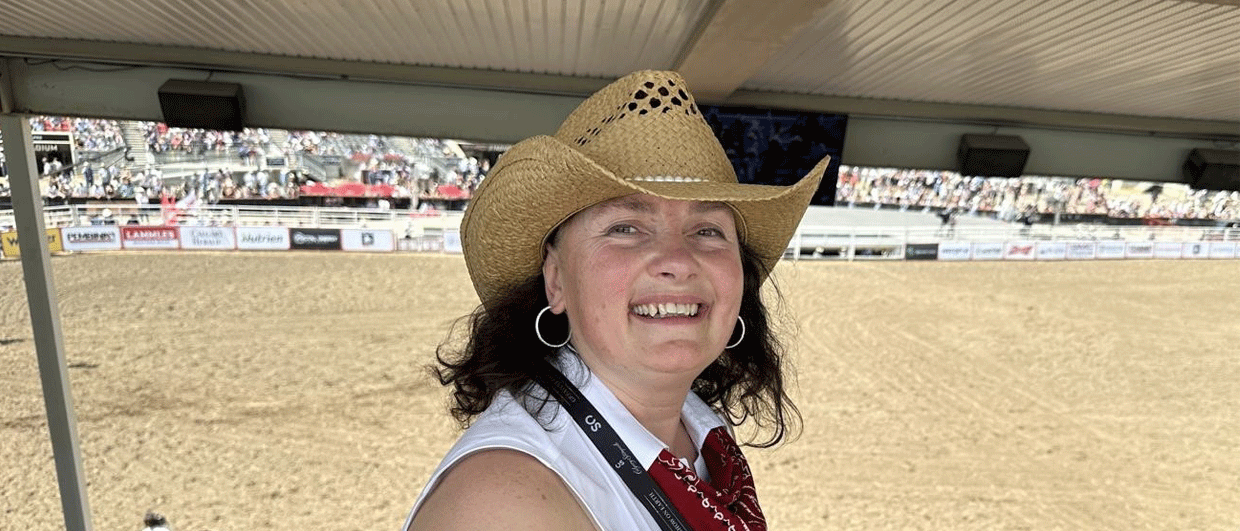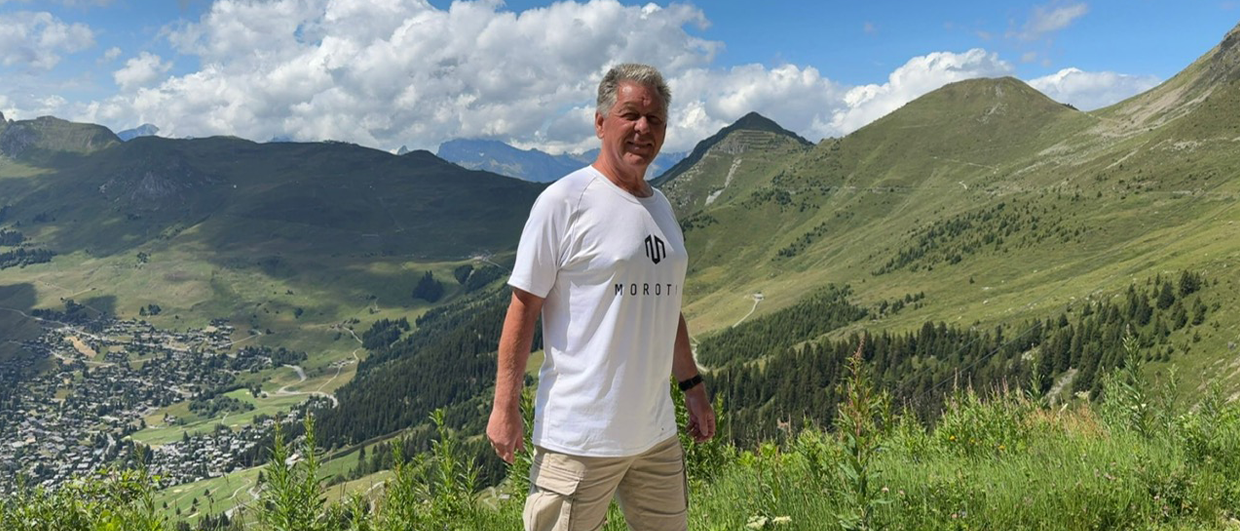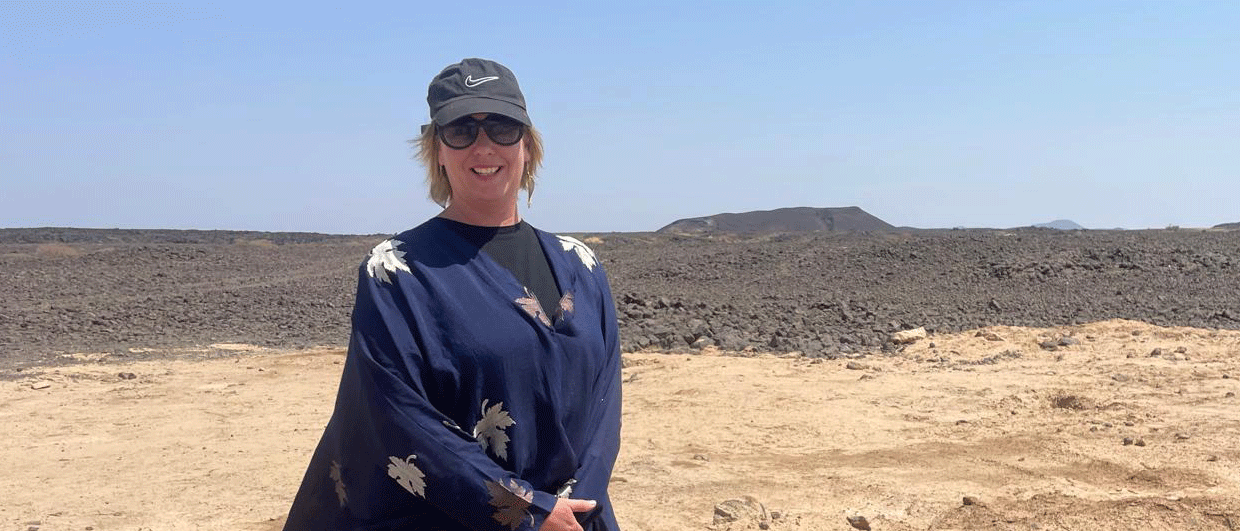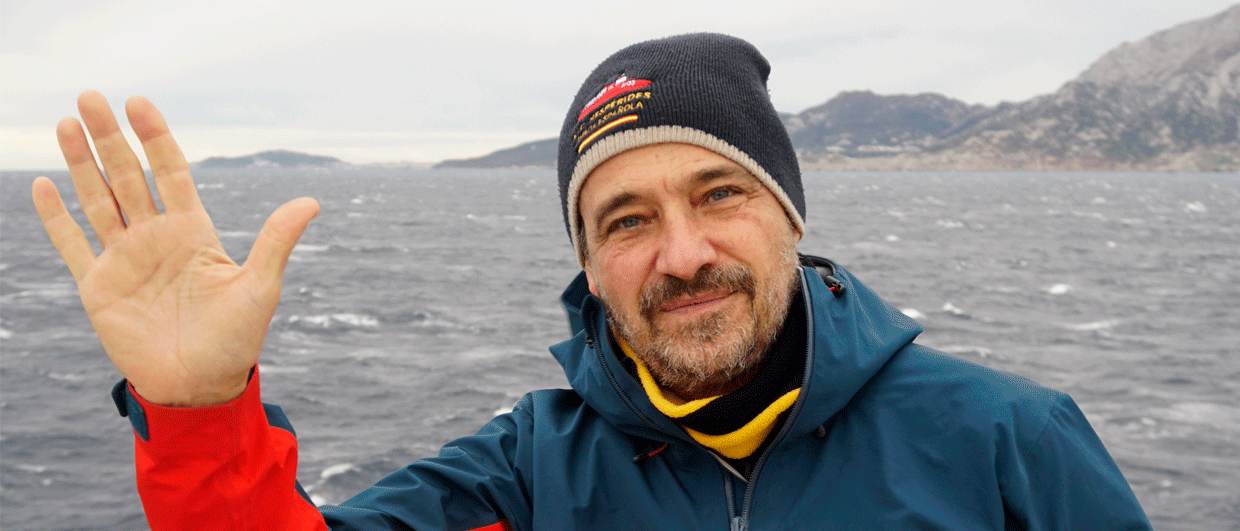“I was the first generation of students that graduated in the Soviet Union without having a job lined up for me,” says Svetlana Bidikhova. “When I started university, few people were familiar with CVs, job interviews, or the need to search for work.”
Svetlana grew up in a world that radically changed as she embarked on her professional career towards the end of spending eight years at university, as socialism ended and a market economy was introduced. But it was not the first big change that she was about to experience.
I was the first generation of students that graduated in the Soviet Union without having a job lined up for me…
In this interview, Svetlana tells the story of her fascinating career, which started in Moscow in the early 1990’s, taking us to the epicentre of the Canadian oil industry in Alberta and Calgary (Mohkínstsis), later. It is a story that is so human, characterised by the desire to build a future and the willingness to work hard for it.
Living minerals
“My parents gave me a book about minerals when I was a child,” Svetlana says at the start of our conversation. “But not an ordinary minerals book with a long series of factual descriptions of physical properties. Instead, the writer discussed the minerals as if they were living organisms with characters and the like.” This resonated with Svetlana, who had initially considered studying psychology. “The brain is such an amazing thing,” she says, “and therefore the mineral characters captured my attention.”
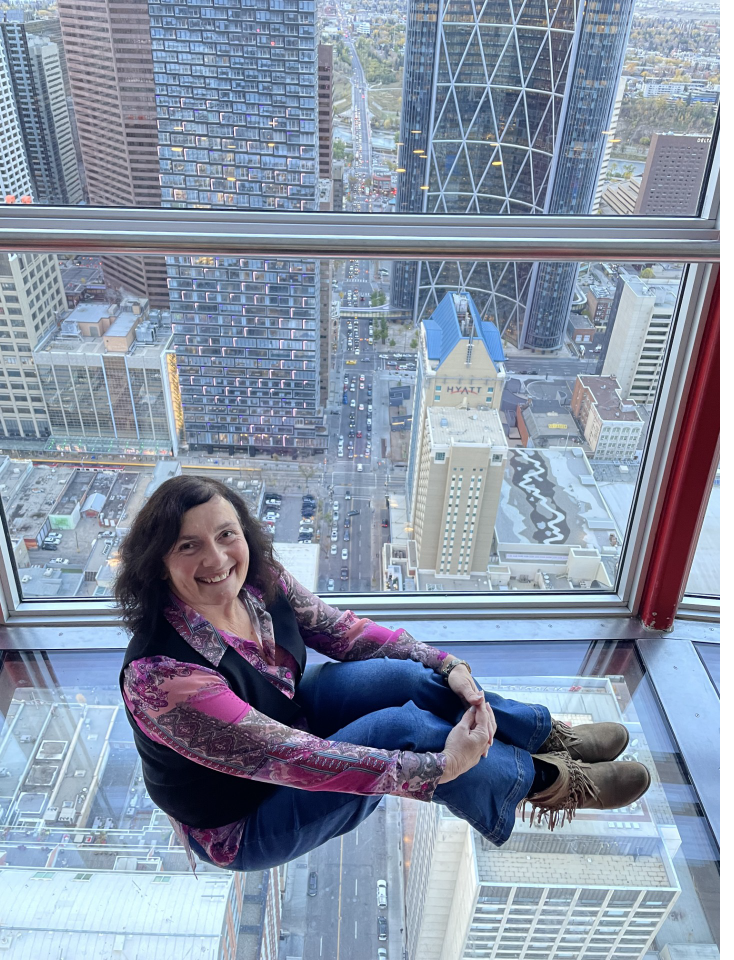
The book created a link to a world that Svetlana was completely unaware of before: The world of geology.
But she also had a talent for numerical science, thanks to her father, who is a physicist. Rather than embark on a more theoretical study, though, she looked for something more applied and found out that geophysics was a perfect match. “I had never heard about it before, but the minerals book and my numerical skills made the perfect combination.”
Svetlana joined the Oxford of the Soviet Union, the Lomonosov Moscow State University, following a series of challenging oral and written tests. “The great thing about the university,” says Svetlana, “was the diversity of our courses. It wasn’t just about mathematical skills, we were also expected to master writing to almost the same extent. It shows how the curriculum was designed to not only make you a specialist, but also provide people with broader skills.”
And it was all for free.
“As the university attracted the most talented students from all over the Soviet Union, we had a very diverse group of people,” Svetlana says. “It was a real melting pot.”
English was not part of the curriculum. But as the world opened up in the mid-1990’s, Svetlana quickly cottoned on to the fact that English would become an essential part of her future. She began seriously improving her English skills and used her extracurricular work as a technical and non-technical interpreter for American businessmen – who were flocking to the country for business, conferences, and new opportunities – as a way to further develop her language proficiency.
Then, as her eight years at the university came to an end, the moment arrived for Svetlana to start looking for work.
“When I started at university, all I knew was that a job would be chosen for me somewhere in the country,” Svetlana says. “Sure, you could file your preference if you wanted to stay in Moscow,” she adds, “but there were no guarantees as the locally-based positions were always the most popular.” But now, as the entire political system was in upheaval, she was suddenly expected to look for a position herself. “It was such a surreal situation for us,” she says. “But what do you do? You adjust and get on with it.”
Input output
This is the right moment to provide a sketch of the “geophysical landscape” in the Soviet Union during the mid- 1990’s. Despite the oil industry being an important part of the economy, geophysical tools were mostly imported during that time. Names such as Input Output, which ultimately became ION, were one of the few companies that had a foothold in the country.
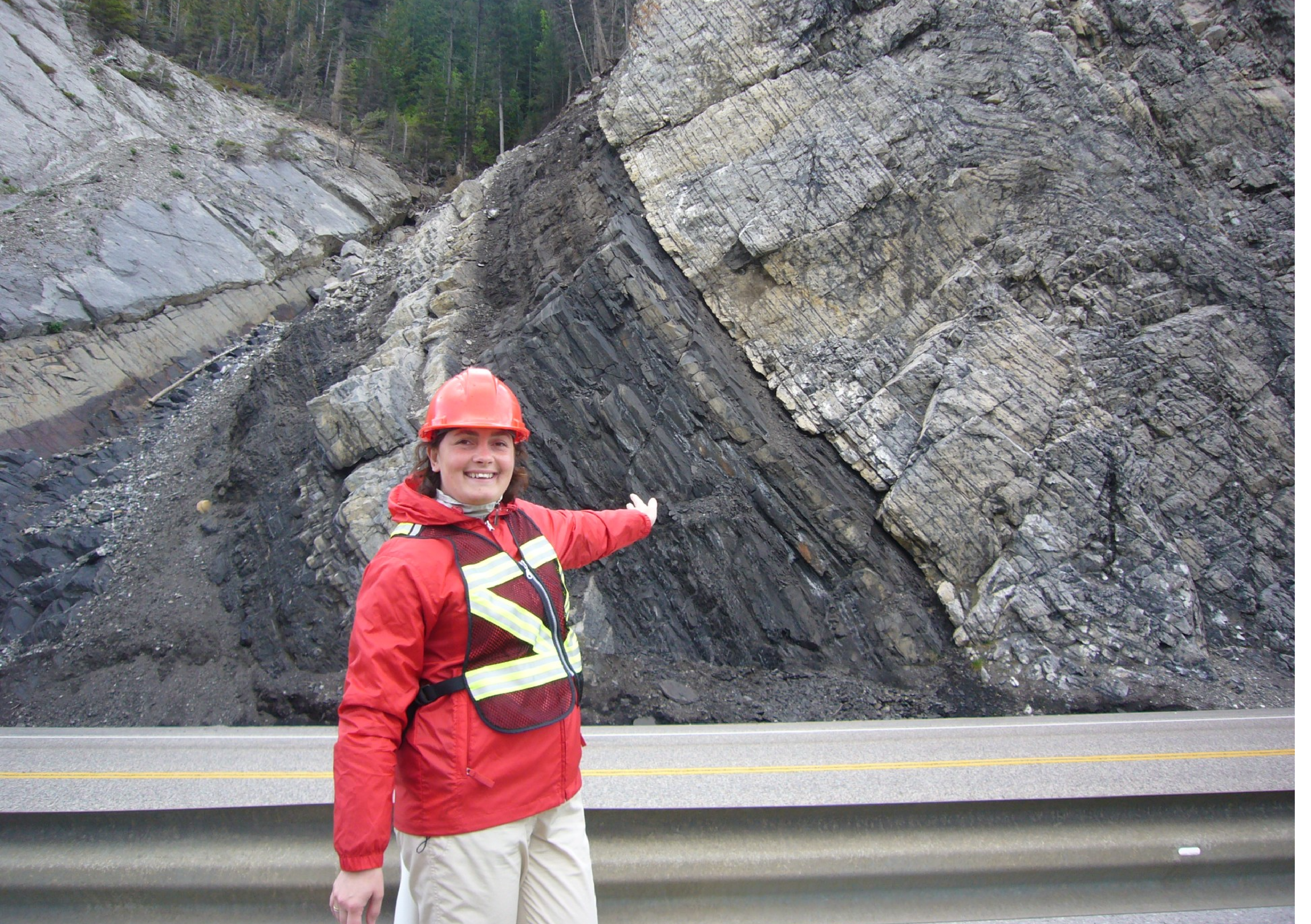
“The company I ultimately joined after graduating,” says Svetlana, “was started by someone who had the vision and mindset to start producing seismic recording equipment locally, which I think was a very clever idea. But in order to do that, we needed to explore the market and find the best suppliers.” It heralded a few years of travelling around the world to meet with potential manufacturers, and Svetlana was very much in her element. She also benefited greatly from the fact that she had learned to speak English during her university years.
But as Svetlana was working hard with her first employer, the chaotic economic and societal transition in the Soviet Union posed some real challenges. “We saw how the country’s assets ended up in the hands of a small group of people, and how ordinary people’s savings evaporated overnight. It was a rude awakening that pushed us to start exploring different options.”
It is in that light that Svetlana and her husband decided to look for places to move to. As she had been in Calgary on business already, and Canada had opened its doors widely to foreign workers, they decided to apply for immigration.
“The doors opened widely,” she says. “With both of us being highly educated and with a daughter already, the process of getting approvals did not take long.” The young family moved to Calgary in 1999.
Barren land
But the move to Calgary did not mean that the subsequent job search was an easy one. “You are on barren ground, my stepmother said, alluding to the situation we found ourselves in,” says Svetlana. “My husband’s English was not good enough yet, so I was destined to be the breadwinner in the beginning” she says.
The oil and gas sector was very depressed in the 1990’s, which meant that Svetlana needed to look at other sectors to benefit from the experience and university degree she had gained.
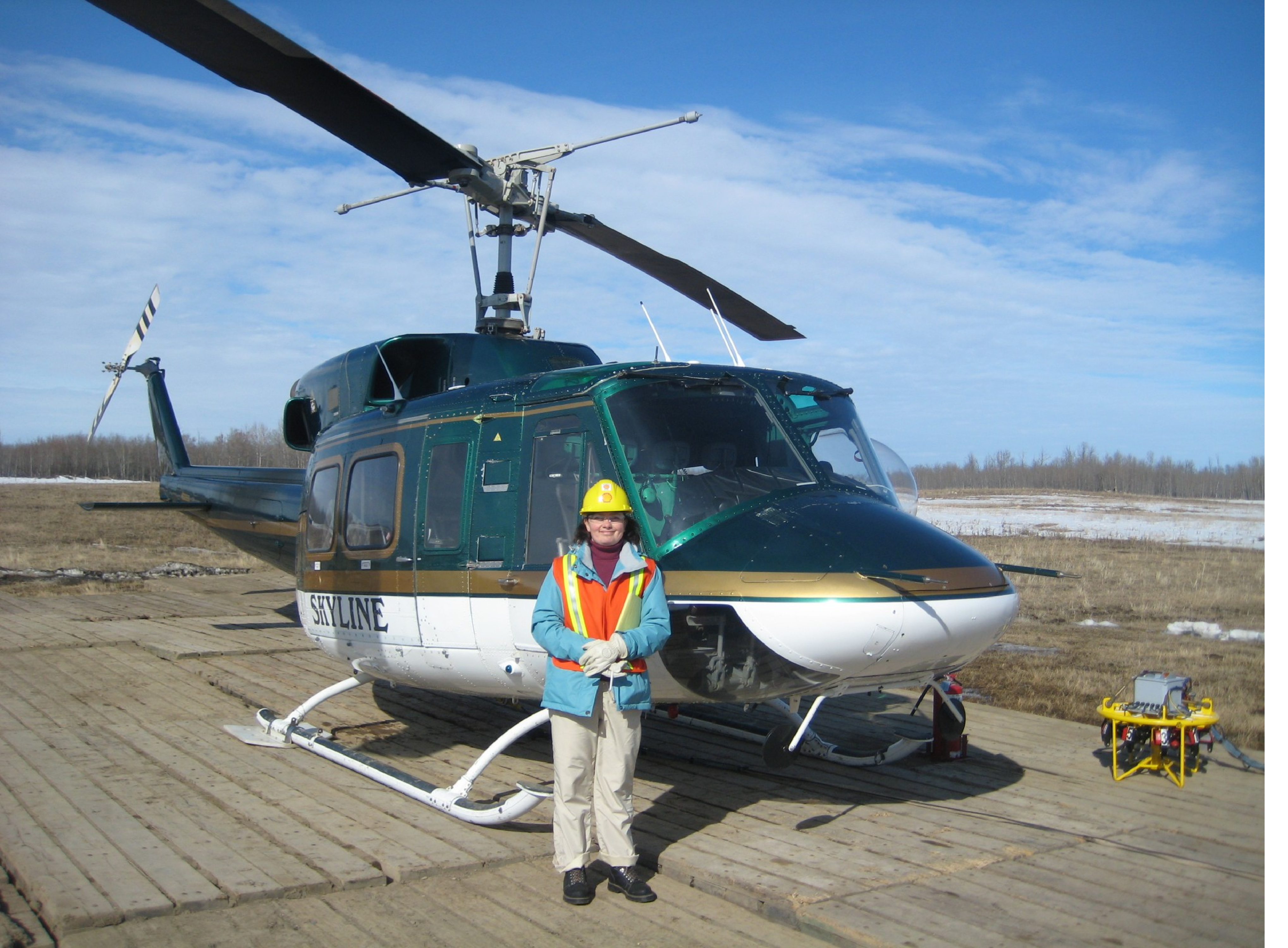
She ended up in the usual trap of job adverts requiring experience working in Canada, even at entry level. “It was the president of the engineering company Pure Technology who made the difference,” Svetlana explains. “He was willing to make a bet, even though they hired someone else at the same time, with the idea to test both employees independently. I was not aware of this at all, but at the end of the six-month period, I was the one who could stay,” Svetlana laughs.
Even though Pure Technology operated in the infrastructure sector, Svetlana learnt a lot of things that were instrumental during the rest of her career. For instance, the company was one of the first to trial fibre optic sensing to monitor the safety of large infrastructural projects, such as pipelines and bridges, long before fibre optics became a thing in oil and gas. “We had the same issues that we are experiencing today,” Svetlana says, “with data filtering and noise reduction being the biggest challenges. But looking back, it is fascinating to see how much of an early adopter my company was at the time.”
Back to oil
When oil prices improved in the early 2000’s, the draw of the industry became more prominent and Svetlana landed a job with GX Technology, which was later acquired by Input Output, or ION Geophysical. “I started at the very bottom of the organisation,” she says, “but I saw the growth opportunities in this industry and decided it was worth the leap, despite having to work myself up through the ranks first to even be at the same level again compared to the job I left behind.”
While Full Waveform Inversion is the buzzword today, it was depth migration at the time. “In geophysics, Svetlana explains, “technology always follows step-changes in computing power. In the early 2000’s, it was depth migration that could finally be done on a big scale. In some ways,” she says, “it paved the way for horizontal drilling, because with a much better handle on structure, it became possible to navigate the drill bit at a much higher precision.”
“It was a genuinely new thing, and some geophysicists were uncomfortable with it,” Svetlana recalls. “A more senior colleague of mine at the time was asked to pick up the baton and drive our depth migration service forward, but he claimed that after a career of time migration, it was too late for him to learn something new. He knew that applying this technology would come with teething issues, and wasn’t willing to go through that phase again.”
Svetlana saw the opportunity and put her hand up. She subsequently became the driver behind the new service, even though she was very well aware that there would be instances where indeed you “learn from your mistakes. And these mistakes happened, of course,” she laughs. “But that’s what life is all about, isn’t it?”
Expertise at Shell
As the Calgary oil boom continued, with major players also moving in, the next opportunity for Svetlana came along in a yet unconventional way. “I was at a friend’s wedding when someone from Shell Canada said that they were looking to recruit experienced hires,“ said Svetlana. “I already worked in the same building as Shell, and had for years considered working for them, so this came at such a good moment,” she says.
Her years at Shell are not so much characterised by working on a single technology like she had done at GX Technology and ION Geophysical, but rather focused on advancing technology worldwide as part of a global team of experts. “The expertise I saw in this company was unrivalled,” Svetlana says, “with so many great people, especially in Rijswijk and Houston. This almost academic part of the business, while closely tied to operations, was unique and made significant, if mostly quiet, contributions to the success of producing assets.”
As the first few years with Shell were characterised by growth and optimism, the last few years, up to 2016, had a rather different feel. Operators started to withdraw from the Canadian oil patch as oil prices were taking a hit after 2014, and environmental pressures mounted on the production of oil from oil sands. “Our centre of land seismic expertise was gradually downsizing and moved to Houston,” Svetlana explains. “We were 75 people in my first years with the company, but at the end there were only three left.”
“It was not only sad to see the demise of the Calgary group of land seismic expertise, but also how this entire group of highly technical professionals supporting assets was heavily reduced in size. We live in different times now,” Svetlana says, “and there seems to be less of an appetite for long-term investment in technology that might only bear fruit in the longer term.”
The challenges of being a business owner
Having gained such a wealth of experience, Svetlana was ready to jump into the great unknown yet again, but now as a business owner. Together with a former colleague she had known for a long time, they established GeoVectra in 2016, offering services in seismic processing.
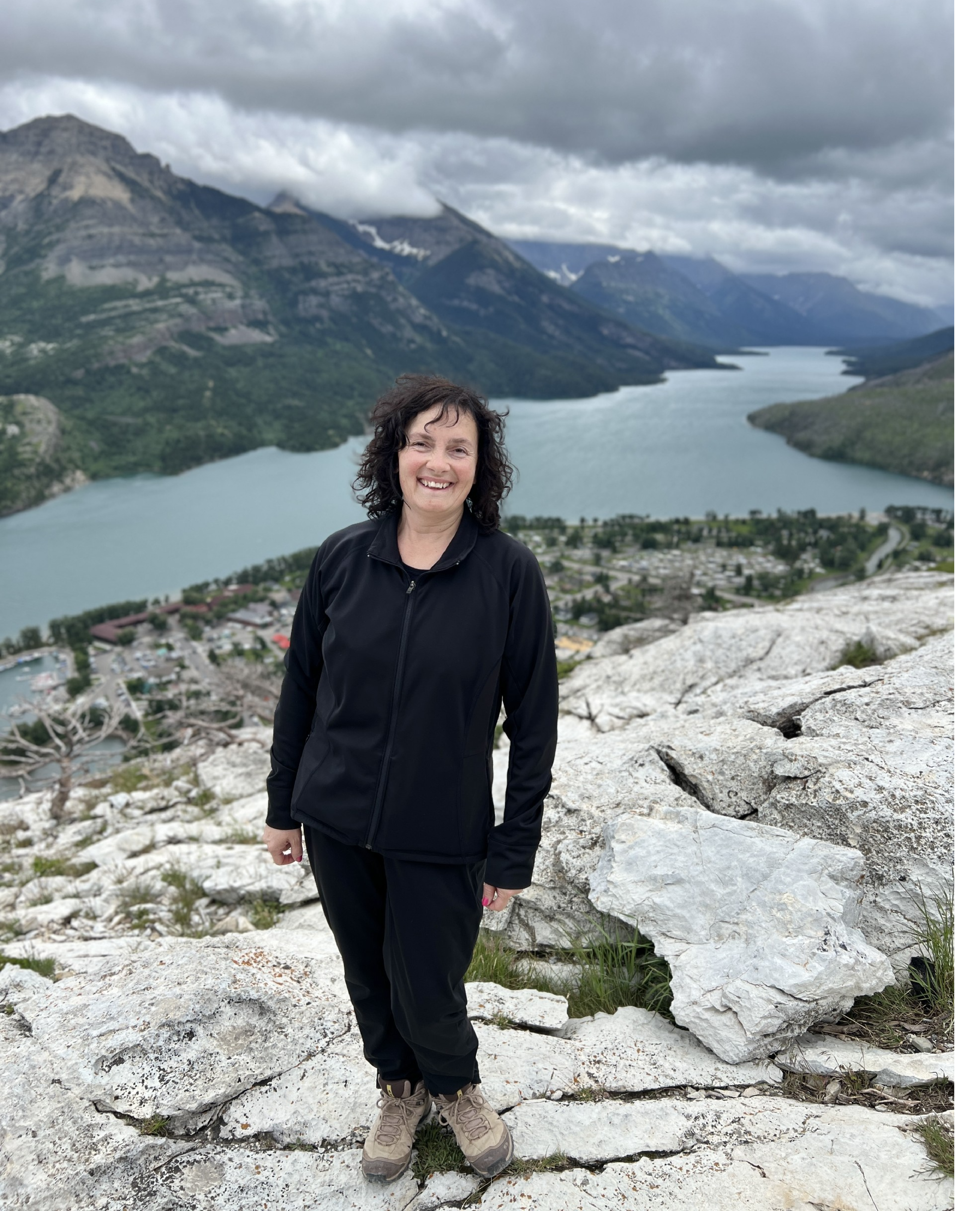
It came with challenges she had not faced before.
“Being a business owner exposed me to the dilemma between offering the best technical quality versus making a surplus at the end of the day,” says Svetlana. “In our profession, there is always the call to be made between running a processing job for one or three months. And guess which one is more expensive but comes with better quality data?”
“Reflecting on those years,” she says, “I have too often found myself in this situation where you need to make that call, whilst my natural inclination is always to go for the best technical solution no matter the costs.”
It made Svetlana re-establish her career options and following a short but fascinating spell at DMT, working with a team of highly skilled German specialists on a series of exciting projects, she joined the company where she is currently at in the role of Vice President Geophysics; Absolute Imaging. “An aspect I really like about this place is that there is a real vision,” Svetlana says, “not only in terms of technology, but also when it comes to entering new markets.”
It’s happening in India
“One of the bold moves Absolute Imaging made is setting up an office in India. It opened up a new world for us,” Svetlana says. “Where the Calgary market is very well established, India is a country where there is an incredible energy to drive things forward.”
The business dynamics are also very different from what she has seen in Canada. “Simply put,” Svetlana continues, “there is a highly competitive environment thanks to the entrepreneurial spirit in the country and the number of people who have the talent to embark on new adventures. But even in this competitive environment, thanks to the rapid economic development the country is experiencing, there are still opportunities aplenty. It is fascinating to work in such an environment,” she says.
A proud Albertan
During the more than 25 years she has now spent in Canada, Svetlana has become a proud Albertian.
“The people in this country are amazing,” she tells me as we near the end of our conversation. “The drive to make things work and plough on despite challenging circumstances is exemplary. And let’s not forget that this is all supported by a very broad mix of people from many different walks of life and different backgrounds.”
Svetlana feels rooted in Canada and Calgary in particular. It is for that reason she is also an avid mentor, trying to help the next generation of industry professionals through providing insights or just offering listening time.
“I feel that offering support to young professionals is badly needed at the moment,” Svetlana concludes, “also because these people start their careers in times so different from how I started more than 20 years ago. Back then, there was widespread support for the oil industry. That is not the case any more, and many people in Alberta who work in the industry feel a level of frustration with this, also because there are still so many opportunities that cannot be further explored at the moment.”
Svetlana Bidikhova has proven to be very good at adapting to changing circumstances. When she embarked on her studies in Moscow in the early 1990’s, she was unaware of a world where one needed to apply for a job. Jobs were made for you. When this system collapsed, she was amongst the first to turn that situation around in her favour. And when she emigrated to Calgary with her young family, she also managed to secure a rewarding job quickly, even though oil was at a low, embarking on a rewarding career in the industry soon after. We decided to meet again in twenty years’ time to talk about what comes next. I am already looking forward to it, because I know it will be another great story.

